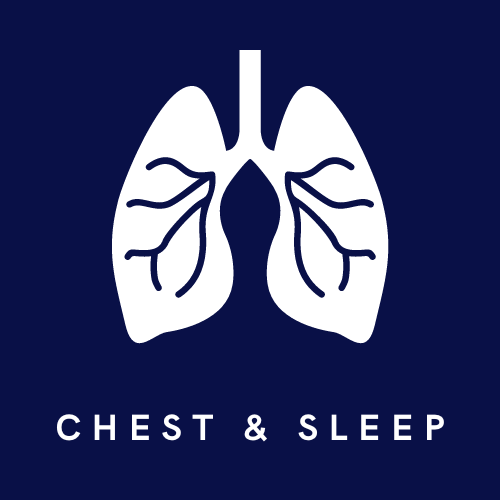COPD - Chronic Obstructive Pulmonary Disease
Dr Harshan Jeyakumar
Chronic obstructive pulmonary disease (COPD) is a chronic lung disease that affects millions of people worldwide. COPD is a progressive disease that can cause breathing difficulties and other health complications if left untreated. In this section, we provide an overview of COPD, its causes, symptoms, diagnosis, and treatment options.
What is COPD?
COPD is a chronic lung disease that includes two main conditions: chronic bronchitis and emphysema. Chronic bronchitis is a condition where the airways become inflamed and produce excessive mucus, leading to cough and difficulty in breathing. Emphysema, on the other hand, is a condition where the walls of the air sacs in the lungs become weak and eventually rupture, leading to difficulty in breathing.
What Causes COPD?
The primary cause of COPD is cigarette smoking. Other factors that can contribute to the development of COPD include exposure to secondhand smoke, air pollution, and occupational dust and chemicals. Genetic factors may also play a role in the development of COPD.
What are the Symptoms of COPD?
COPD is characterised by symptoms that affect breathing. The most common symptoms of COPD include:
Chronic cough
Excessive mucus production
Shortness of breath
Wheezing
Tightness in the chest
These symptoms can vary in severity and can be exacerbated by triggers such as air pollution, cold air, and viral infections.
How is COPD Diagnosed?
COPD is typically diagnosed through a combination of medical history, physical examination, and lung function tests. The most common lung function test used to diagnose COPD is spirometry, which measures the amount of air a patient can exhale in one second.
How is COPD Treated?
COPD is a chronic disease that cannot be cured, but it can be managed. The goal of COPD treatment is to improve quality of life and prevent exacerbations. Treatment may include:
Stopping smoking and avoiding exposure to other known triggers (e.g. excessive air pollution)
Bronchodilators: Medications that relax the muscles around the airways, making it easier to breathe.
Inhaled steroids: Medications that reduce inflammation in the airways.
Oxygen therapy: Supplemental oxygen may be prescribed for patients with severe COPD.
Pulmonary rehabilitation: A program that includes exercise, breathing techniques, and education to improve lung function and quality of life.
What is a COPD Action Plan?
A COPD action plan is devised by yourself, your family, and your healthcare professional to outline the steps to take when COPD symptoms worsen. COPD exacerbations can occur suddenly and having a plan in place to manage these immediately can often prevent more severe symptoms and possibly hospitalisation.
How to Use a COPD Action Plan:
Know your baseline: Your baseline is your normal COPD symptoms and how they affect your daily life. Knowing your baseline helps you recognise when your symptoms are getting worse.
Follow your plan: Your plan will outline steps to take when your symptoms worsen. Follow these steps in order.
Monitor your symptoms: Keep track of your symptoms regularly to see if they are improving or worsening.
Review and update your plan: Your plan should be reviewed and updated regularly with your healthcare provider.
What is included in a COPD Action Plan:
Medications: List your COPD medications, how much to take, and when to take them. You may also be prescribed emergency medications, such as oral corticosteroids and/or antibiotics, to take when you first notice your symptoms worsen.
Breathing techniques: Include breathing techniques that can help you manage COPD symptoms.
Emergency contacts: Include phone numbers for your healthcare provider and emergency contacts.
When to seek medical help: List symptoms that require immediate medical attention, such as severe shortness of breath or chest pain.
Activity level: Include recommendations for activity level during symptom flare-ups.
Summary
COPD is a chronic lung disease that affects millions of people worldwide. It is a progressive condition that causes obstruction of the airways and makes it difficult for the patient to breathe. While there is no cure for COPD, it can be managed with proper treatment and preventive measures. If you or someone you know is experiencing symptoms of COPD, it is essential to consult a healthcare professional for proper diagnosis and treatment.
At Chest & Sleep, we strongly believe in educating our patients so they can make the most informed decisions about their own personal health.
We focus on tailored management plans, targeting the specific goals of each our patients and their families, and review these on a regular basis.


